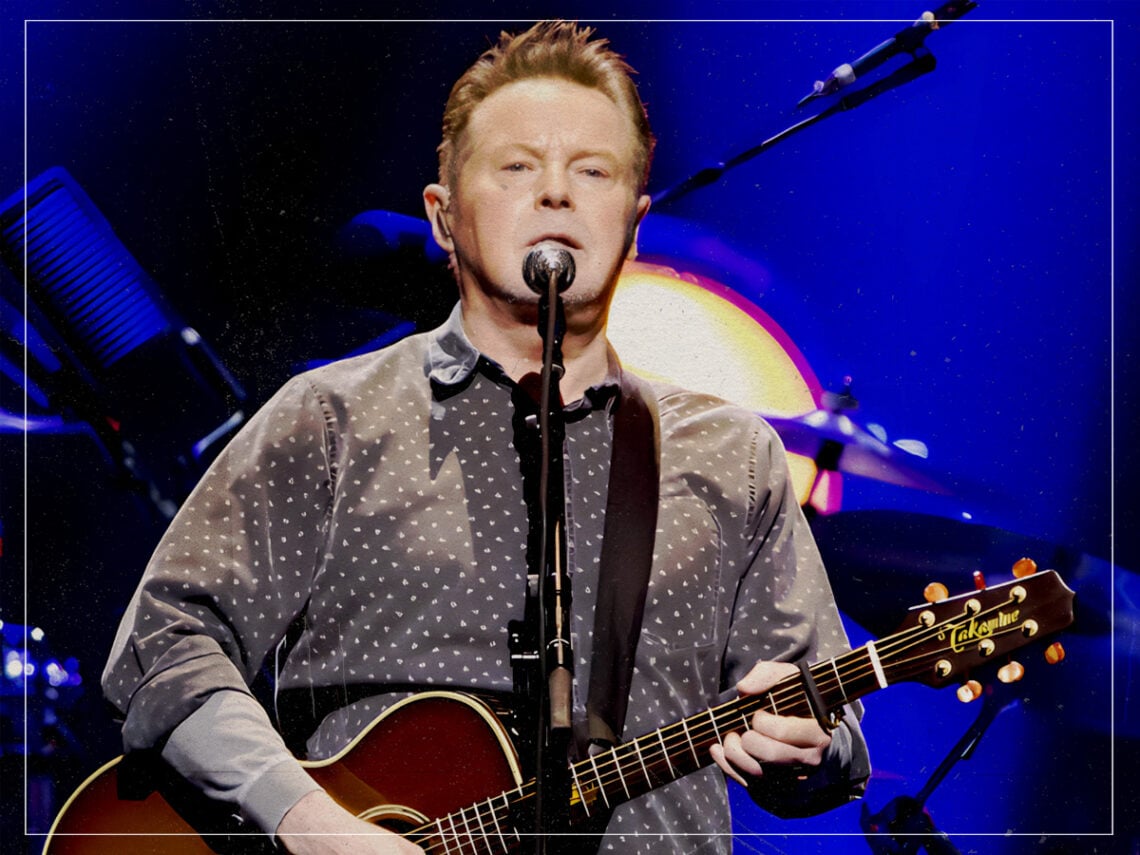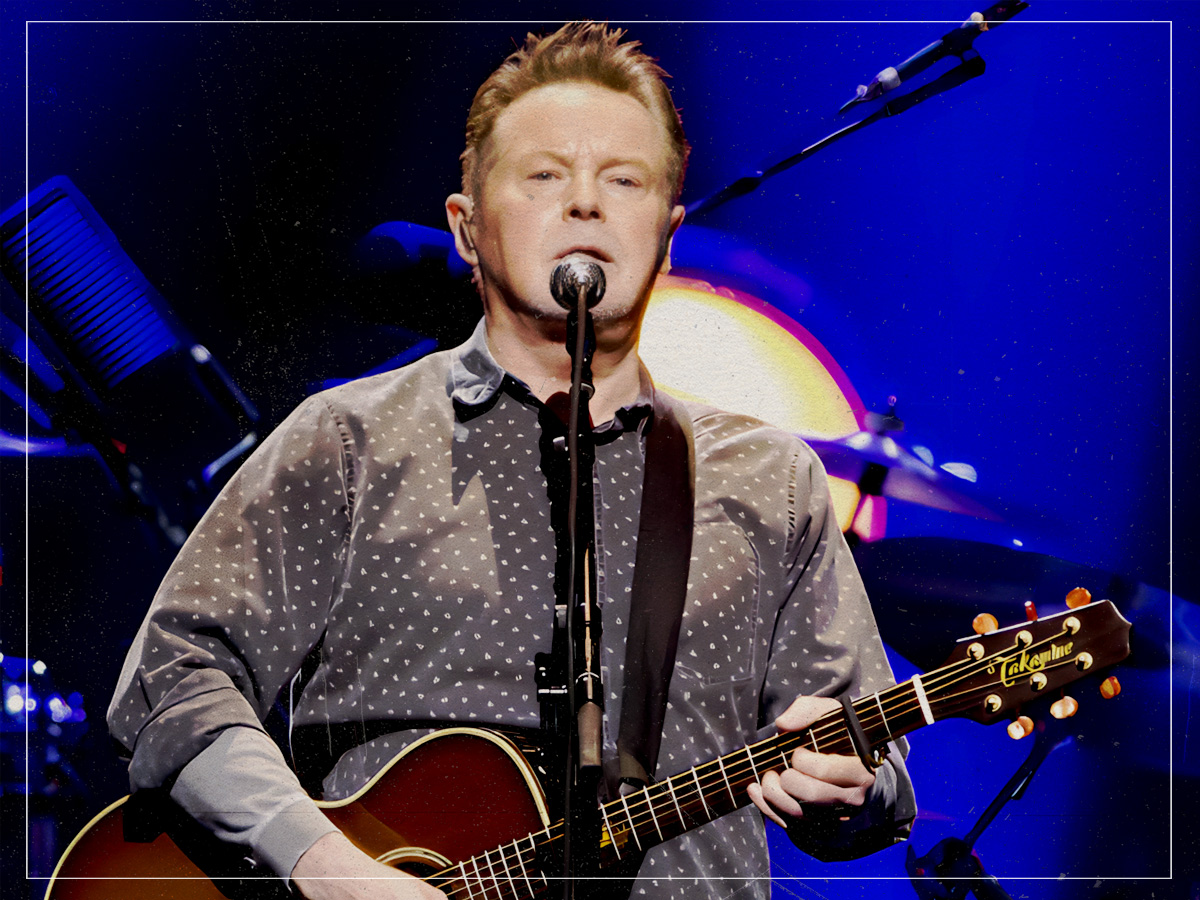
(Credits: Far Out / Derek Russell)
Tue 30 September 2025 19:00, UK
There’s a specific method that Don Henley always had to make both his Eagles and solo songs work.
No one should put rules on what they can and can’t do with a rock and roll song, but even judging by Henley’s high bar for excellence, there are countless songs in his arsenal that deserve to be on the same level as rock legends like The Beatles and Led Zeppelin. Even if there were a handful of tunes that didn’t work, Henley would gladly go down doing what he loved rather than trying to get hip with the times.
Because let’s face it: the Eagles were never known as the coolest band in the world by any stretch. They weren’t getting featured in magazines due to their lumbering swagger that they had, but that wasn’t a mark against them, either. Most loved the fact that these were five average guys making extraordinary music, and if they weren’t breathing the same air as Jimmy Page, that was totally fine.
And despite being one of the most laid-back bands on the planet, most of them managed to have pretty respectable solo careers as the 1980s opened up. Never has there been a decade that catered to rock star ego more than the MTV generation, but even with Henley strutting up and down the video for ‘All She Wants To Do Is Dance’, he joined the shortlist of artists like Bruce Springsteen and Tom Petty that actually rode the wave of MTV without losing a shred of dignity.
If anything, the 1990s should have been the time when Henley got to make his mark again. The Eagles were now back together, they had released a great reunion album on Hell Freezes Over, and looking at the scene circa 1993, the entire rock world had shifted. The 1980s flash was gone, and artists were free to be genuine for the first time in years.
While the Seattle movement was responsible for knocking down the hair metal bands, the adult alternative stations weren’t all that far away from what Henley was doing. His contemporaries like Sting were still making hits up until 1993 with ‘Fields of Gold’, but when listening back to the harsher side of rock and roll, Henley freely admitted that he didn’t see any point in what grunge had to offer.
Sure, there had been bands before that sang about pain, but Henley felt that the whole thing became far too cynical in the wake of people like Kurt Cobain passing away, recalling in 2000, “[My music] didn’t sound like most of what makes the charts these days. Rock’n’roll doesn’t mean anything. I didn’t even like grunge – all that unfocused anger was just a waste.” But given where grunge was at the time, it’s fair to say Henley could see the manufactured side of grungy angst at the time.
There was genuinely great talent to come out of Seattle like Soundgarden and Nirvana, but when the bubble burst in 1994, the bands calling themselves “grunge” were a far cry from what the genre was supposed to be. It had started with people like Pearl Jam, Mudhoney, and Alice in Chains, but any kid who wanted anything remotely close to that was going to have to settle for everything from Creed to Staind to Nickelback.
Even if grunge was a bit too cynical for Henley’s taste, it’s not like it didn’t deserve to exist. It might not have been healthy in his eyes to focus on the anger and sadness of grunge, but it’s important that everyone be able to see both the dark and light sides of their favourite acts. No, it wasn’t happy, but you couldn’t deny that it was human.
Related Topics

